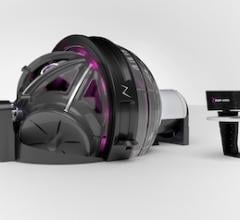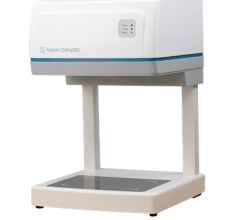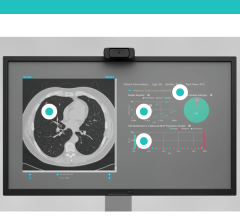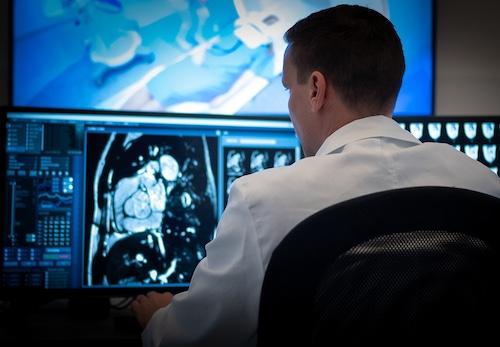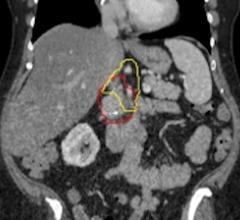Nov. 13, 2025 — Covera Health recently announced that Advanced Radiology Services (ARS) has joined its national Quality ...
Nov. 11, 2025 — ZAP Surgical Systems recently announced its ZAP-Axon Radiosurgery Planning System has received both U.S ...
Nov. 13, 2025 — Medical imaging AI company Avicenna.AI has launched AVI, a new platform that delivers AI results ...
Radiology departments have many different needs and face a wide variety of challenges that can impact their departments ...
Nov. 12, 2025 — On Nov. 11, Huntsman Cancer Institute at the University of Utah (the U) opened its first specialized ...
Nov. 12, 2025 — Siemens has announced plans to deconsolidate its remaining stake in Siemens Healthineers (currently ...
Nov. 11, 2025 — The Society of Nuclear Medicine and Molecular Imaging (SNMMI) has released a position paper outlining ...
Despite decades of progress in breast imaging, one challenge continues to test even the most skilled radiologists ...
Nov. 6, 2025 — Gradient Health and DataFirst have announced a strategic partnership designed to bridge the gap between ...
Radiology departments have many different needs and face a wide variety of challenges that can impact their departments ...
Nov. 10, 2025 — Interventional radiologists (IRs) that almost exclusively practice in their specialty provide more ...
Bayer Radiology’s Barbara Ruhland and Thom Kinst discuss how radiology departments can address the many different ...
Nov.10, 2025 — Medical imaging technology company Adaptix Ltd. has received 510(k) clearance from the U.S. Food and Drug ...
Nov. 10, 2025 — There has been substantial progress in the past few years in the field of MRI in general and remote MR ...
Nov. 10, 2025 — Researchers at Wayne State University and the Barbara Ann Karmanos Cancer Institute have developed a ...
eHealth Saskatchewan plays a vital role in providing IT services to patients, health care providers, and partners such ...
Nov. 7, 2025 — Coreline Soft will introduce its chest AI platform AVIEW 2.0 at RSNA 2025 (Nov. 30 – Dec. 4, Chicago) ...
Nov. 10, 2025 — Scientists at the University of Birmingham have developed a new class of MRI contrast agents – improving ...
Nov. 4, 2025 — Virtual Radiologic (vRad) recently announced the successful commercialization of The vRad Platform — a ...
Nov. 3, 2025 — RevealDx, a leader in the characterization of lung nodules, has introduced MDR Certification of RevealAI ...
Nov. 6, 2025 — Lunit, a provider of AI for cancer diagnostics and precision oncology, recently announced that Volpara ...
Once viewed as a solution for after-hours coverage, teleradiology is rapidly expanding into a critical part of radiology ...
Nov. 4, 2025 — Altamont Software, a provider of enterprise medical connectivity solutions, has announced the ...
Oct. 28, 2025 — Using targeted radiation during surgery — referred to as intraoperative radiation — to eliminate ...


 November 17, 2025
November 17, 2025 
